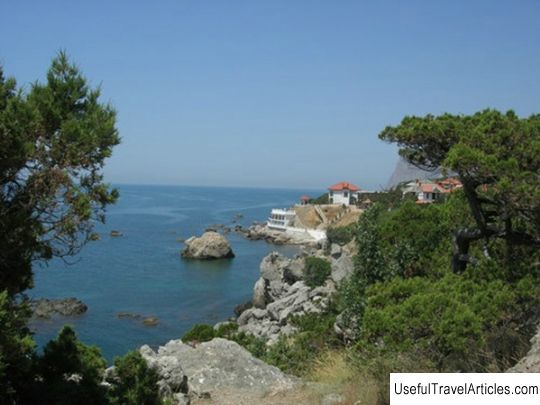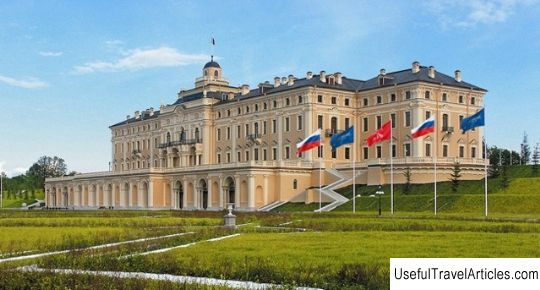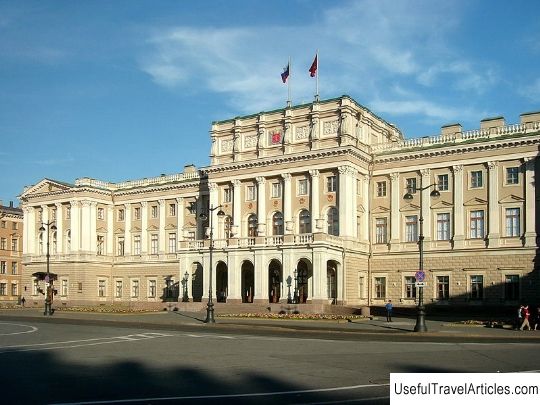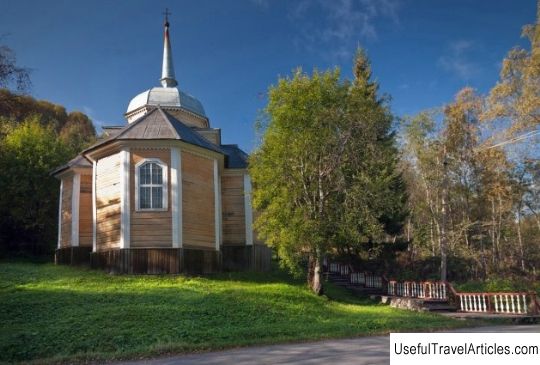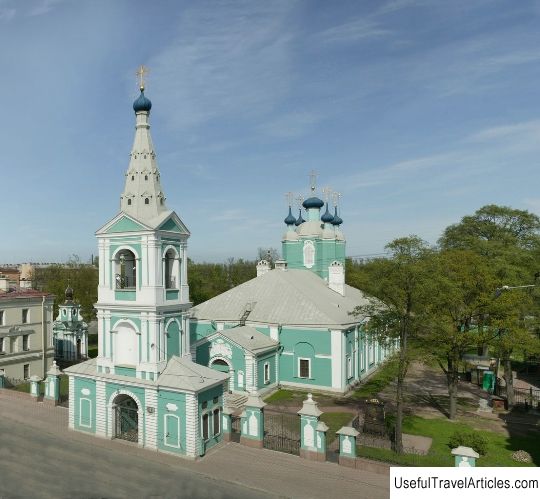Buddhist temple description and photo - Russia - St. Petersburg: St. Petersburg
Rating: 7,8/10 (1713 votes) 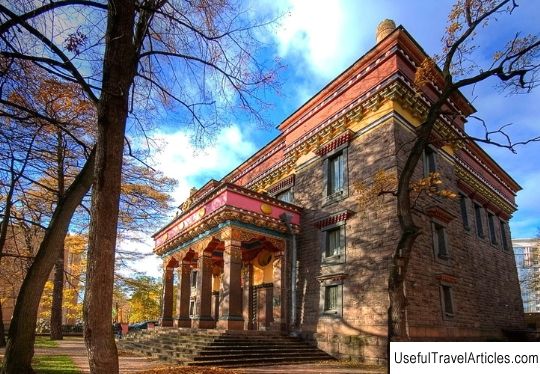
Buddhist temple description and photos - Russia - St. Petersburg: St. Petersburg. Detailed information about the attraction. Description, photos and a map showing the nearest significant objects. Photo and descriptionAccording to the annals of St. Petersburg, the first Buddhists appeared in these northern regions during the construction of the very first building of St. Petersburg - the Peter and Paul Fortress. These were the subjects of the Kalmyk Khanate, which was not yet part of Russia, the Volga Kalmyks, who worked on the construction of the stone ramparts of the fortress. But later, in the records of the 18th - mid-19th centuries, there is no indication that there were any representatives of the Buddhist confession in the city. Only at the end of the 19th century a Buddhist community began to form in St. Petersburg. According to the census of 1897, 75 Buddhists lived in the city, and in 1910 there were almost 200 of them. Basically, these were Volga-Don Kalmyks and Trans-Baikal Buryats. The permission to build a Buddhist temple was given by Emperor Nicholas II at the request of the envoy of the XIII Dalai Lama, the scientist Buryat Lama Aghvan Lobsan Dorzhiev. The temple was erected in a quiet, secluded place on the banks of the Bolshaya Nevka from 1909 to 1915. At the same time, a dormitory for monks and visiting Buddhists and a service wing were built here, which has not survived to this day. The project of the temple was carried out by the architect Baranovsky and a student of the Institute of Civil Engineers, Berezovsky, who used samples of medieval Tibetan architecture in their work, subjecting it to some Europeanization and modernization. The construction was financed by the XIII Dalai Lama, Dorzhievurginsky, Bogdogegen VIII and the believers of Buryatia and Kalmykia. The building is a parallelogram tapering upward. From the south, on the main facade, the temple has a beautiful portico - four columns of a square section, topped with an intricate design with bronze capitals. It can be reached by a wide granite staircase. Red-purple granite was chosen for the cladding of the temple walls. The upper part of the structure is made of red brick trimmed with blue belts in combination with white circles. From the north, the three-storey building of the temple adjoins the four-storey tower, which is crowned with a gilded copper top, "ganchzhir". The temple is also decorated with the symbol of Buddhism - an eight-degree circle "harde" with copper figures of gazelles on the sides. At the corners of the main facade there are gilded cones in which printed prayer texts are located. Inside the temple is decorated with colored stained-glass windows of the ceiling and fences with Buddhist symbols of the only light opening of this room, multi-colored tiles that lined the floor. This temple was conceived not only as a prayer house for Buddhists of St. Petersburg, but also as a kind of museum and center of Indo-Tibetan spirituality and culture in the European part of Russia. And now it is also the center of Buddhist education - the "monastery school".        We also recommend reading Monument to Peter I in the village of Somino description and photo - Russia - Leningrad region: Boksitogorsky district Topic: Buddhist temple description and photo - Russia - St. Petersburg: St. Petersburg. |
